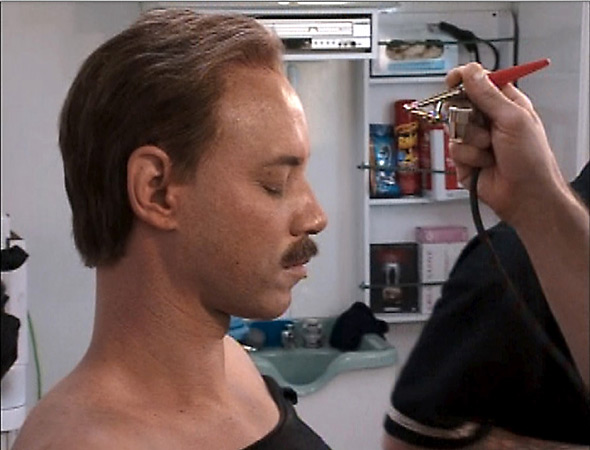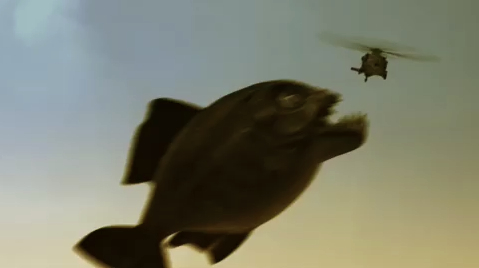 I’m sure you’re all wondering if The Green Hornet is any good. It depends on what you’re looking for. A far cry from the original version, this one is more like a mismatch buddy comedy than an actual super hero movie. The first scene (aside from the prologue) sets the meta tone for the movie. Two villains meet in the back room of a night club and attempt to intimidate each other. What do they talk about? How many men they each have? Guns? No! They critique each other’s image and marketing. “You need a better name!” “Well you need a better suit!” By now we all know what kind of movie this is going to be.
I’m sure you’re all wondering if The Green Hornet is any good. It depends on what you’re looking for. A far cry from the original version, this one is more like a mismatch buddy comedy than an actual super hero movie. The first scene (aside from the prologue) sets the meta tone for the movie. Two villains meet in the back room of a night club and attempt to intimidate each other. What do they talk about? How many men they each have? Guns? No! They critique each other’s image and marketing. “You need a better name!” “Well you need a better suit!” By now we all know what kind of movie this is going to be.
Much like the villains, our heroes decide to be such almost by accident. The new Britt Reid (Seth Rogen) is the irresponsible son of a millionaire newspaper owner (Tom Wilkinson), who spends all his time partying. After his father’s death, Britt hates being overshadowed by his legend. He meets Kato (Jay Chou), who used to work for Britt’s father and also didn’t like him. After a few beers one night, they go out to vandalize Britt’s father’s tomb. Since this is a movie, they just happen to run across a couple being mugged by several men. Through his impulsive heroism Britt manages to piss the bad guys off, before Kato puts them all in the hospital (Britt lands one punch). They then go home and get really hammered. Britt says to Kato “We’re wasting our talents! We could be heroes.” The rest of the dialogue boils down to “sure, why not? We just need a cool name! And better suits!” Thus begins the battle of image between heroes and villains who strive to be cooler than each other. I won’t mince words; The Green Hornet is definitely stupid. It’s saving grace is that it knows it’s stupid, and remembers to make fun of itself, rather than insult its audience.
There are a lot of funny moments here that I won’t spoil, and some great action sequences (Refer to Mythbusters for the question of whether any of them could happen).
On the other hand, Rogen’s Britt Reid is hardly hero material, being propped up by Kato throughout the movie. What’s more, the relationship between them seems pretty forced, changing from standoffish strangers, to friends who call each other “brother,” to hating and punching each other over (what else?) a chick, to reconciliation in time for the big showdown, in a little under two hours. It would have been more effective had Rogen (who also wrote the script) reduced the number of transitions.
I guess it boils down to personal preference. When I go to a superhero movie, I expect to be blown away, not to laugh at movie that laughs at itself. I want a real hero, not a wise-cracking bumbler who gets lucky a lot and has his sidekick do all the work. If you want a movie you can have fun with and not take seriously, check this one out. Don’t bother with the 3-D.
[Rating:2.5/5]








































